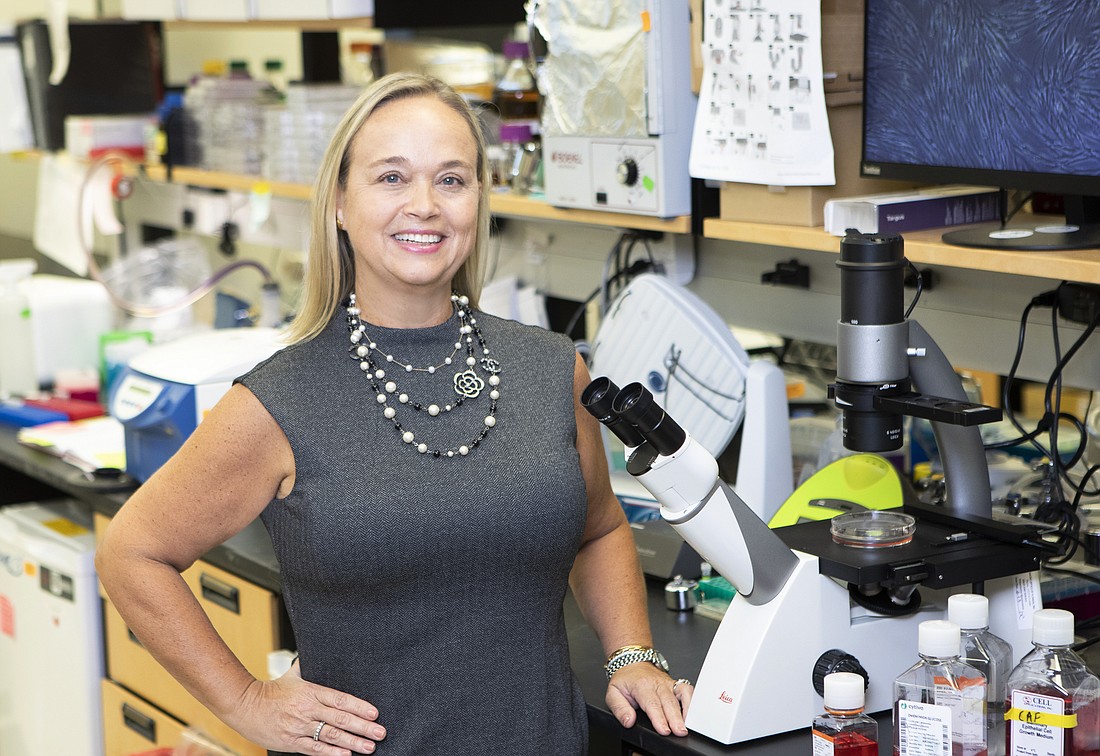- December 13, 2025
-
-
Loading

Loading

In M&A jargon, much is made of the term “synergy” and its many benefits, which are generally understood to include complementary strengths that improve but also diversify the organizations that are joining forces.